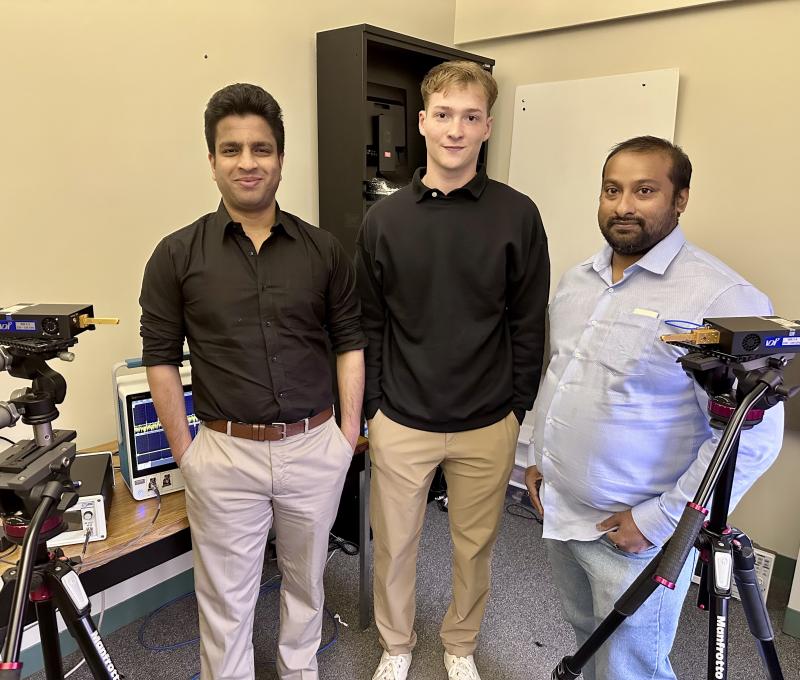SUNY Poly undergrad co-authors peer-reviewed article in noted mathematics journal

A SUNY Polytechnic Institute undergrad is now the co-author of a recently published article in a prestigious academic journal.
Steven Gassner, majoring in Nanoscale Science with a second major in Applied Mathematics, along with SUNY Poly lecturer Dr. Carlo Cafaro and colleagues from Clarkson University and Albany College of Pharmacy and Health Sciences, published their research findings Advances in Mathematical Physics.
Advances in Mathematical Physics is a peer-reviewed, Open Access journal that publishes original research articles as well as review articles that seek to understand the mathematical basis of physical phenomena, and solve problems in physics via mathematical approaches.
Titled An Information Geometric Perspective on the Complexity of Macroscopic Predictions Arising from Incomplete Information, Gassner and company report on a series of findings uncovered during the last decade within the framework of the so-called Information Geometric Approach to Chaos (IGAC).
“The IGAC is a theoretical modeling scheme that combines methods of information geometry with inductive inference techniques to furnish probabilistic descriptions of complex systems in presence of limited information,” the authors state. “In addition to relying on curvature and Jacobi field computations, a suitable indicator of complexity within the IGAC framework is given by the so-called information geometric entropy (IGE). The IGE is an information geometric measure of complexity of geodesic paths on curved statistical manifolds underlying the entropic dynamics of systems specified in terms of probability distributions. In this manuscript, we discuss several illustrative examples wherein our modeling scheme is employed to infer macroscopic predictions when only partial knowledge of the microscopic nature of a given system is available. Finally, we include comments on the strengths and weaknesses of the current version of our proposed theoretical scheme in our concluding remarks.”
The article, in its entirety can be viewed here.








